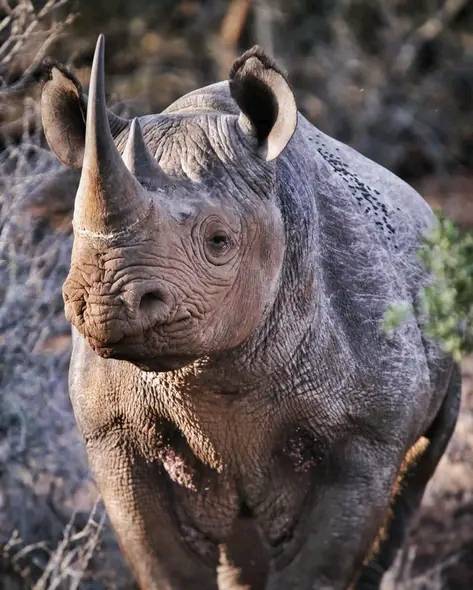
Pic by Zambian Wildlife by Mark Townsend
By Jemimah Chungu
The threat to wildlife persists despite ongoing environmental efforts to protect and preserve endangered species. Illegal hunting and poaching continue to pose a grave danger to wildlife communities and ecosystems, driven by the lucrative trade in fauna and flora species fetching millions of dollars on the black market.
Among the most endangered species are rhinoceroses, including the Javan rhino, black rhino, and white rhino. These majestic creatures are targeted by poachers due to the high value of their horns, which are sought after for various purposes, including medicinal and crafting uses. The black market price for rhino horns exceeds USD $30,000 per kilogram.
Tragically, the western black rhino, also known as the West African rhino, was declared extinct in 2011 by the International Union for Conservation of Nature (IUCN), highlighting the devastating impact of rampant poaching.
In addition to the western black rhino, the white rhino population is also under threat, particularly in southern Africa. The majority of white rhinos, estimated at 98.8% by the World Wildlife Fund (WWF), inhabit southern African countries such as South Africa, Zambia, Namibia, Zimbabwe, and Kenya. However, extensive poaching has pushed these magnificent creatures to the brink of extinction. In Zambia, for example, the rhino population is alarmingly low, with conservationists estimating less than 15 rhinos remaining.
Overall, the rhinoceros species is perilously close to extinction, with estimates suggesting that fewer than 5,000 individuals remain in Africa. Urgent action is needed to combat poaching and protect these iconic creatures before it’s too late.

